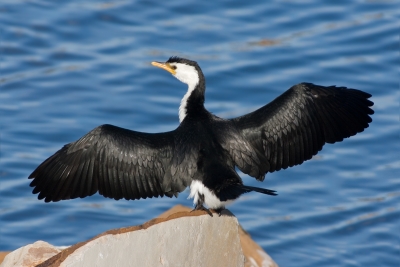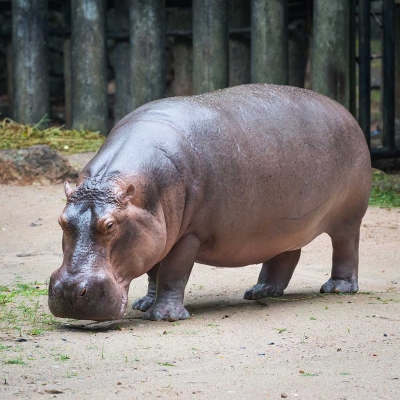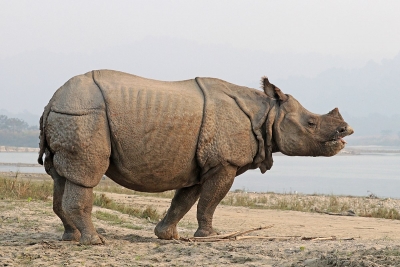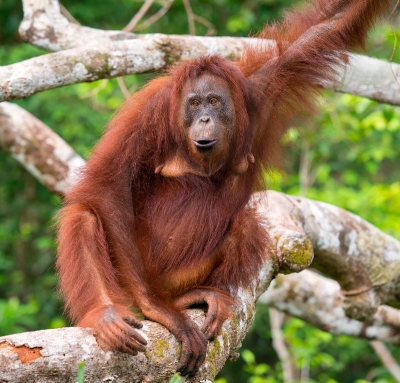What is the origin of cobra?
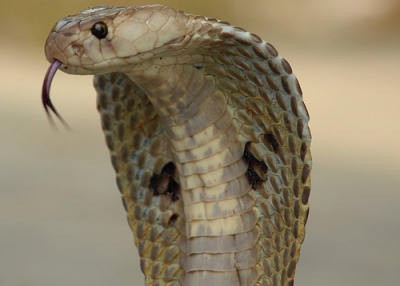
Cobra is a species of highly venomous snakes, which expand the neck ribs to form a hood. These snakes are prevalent in India. It is believed that the Portuguese colonists in India gave the snakes their name. Cobra de capello is Portuguese for serpent of the hood or hooded serpent. Its genus name Naja has Indian origins, and may have derived from the Sanskrit word for snake Naga.
The world’s largest venomous snake is the king cobra, or hamadryad (Ophiophagus hannah). Found predominantly in forests from India through Southeast Asia to the Philippines and Indonesia, it preys chiefly on other snakes. Maximum confirmed length is 5.6 metres (18 feet), but most do not exceed 3.6 metres (12 feet). King cobras guard a nest of 20 to 40 eggs, which are laid in a mound of leaves gathered by the female. The guarding parent will strike if a predator or a person approaches too closely. Not all cobras are egg layers.
The Indian cobra (or Indian spectacled cobra, Naja naja) was formerly considered a single species with much the same distribution as the king cobra. Recently, however, biologists have discovered that nearly a dozen species exist in Asia, some being venom spitters and others not. They vary both in size (most ranging between 1.25 and 1.75 metres) and in the toxicity of their venom. Spitters propel venom through the fangs by muscular contraction of the venom ducts and by forcing air out of the single lung.
Credit : Britannica
Picture Credit : Google
